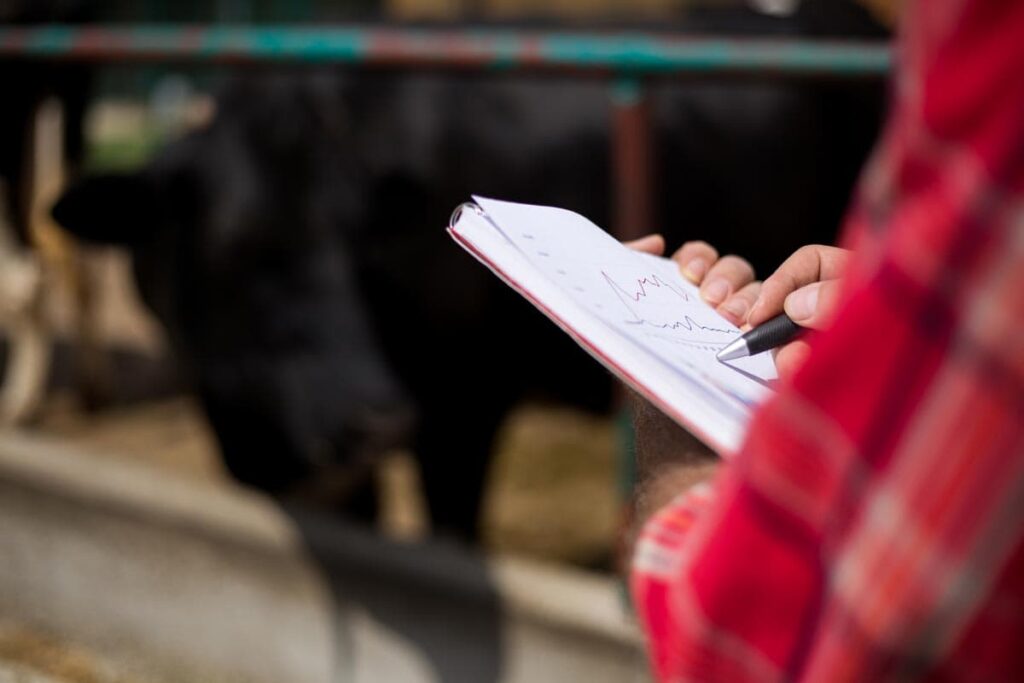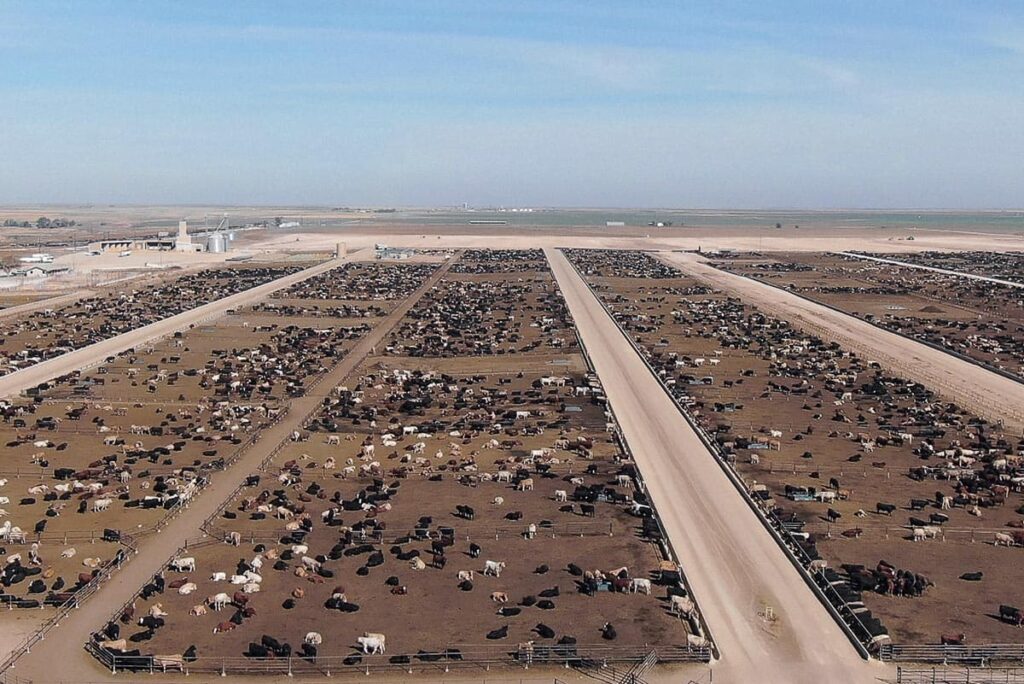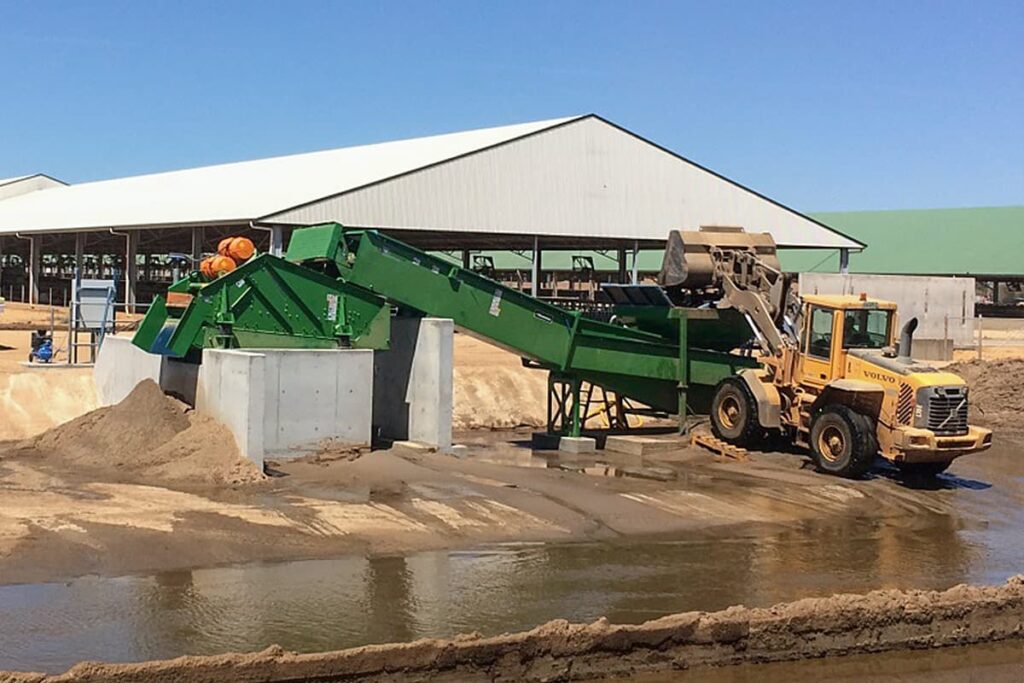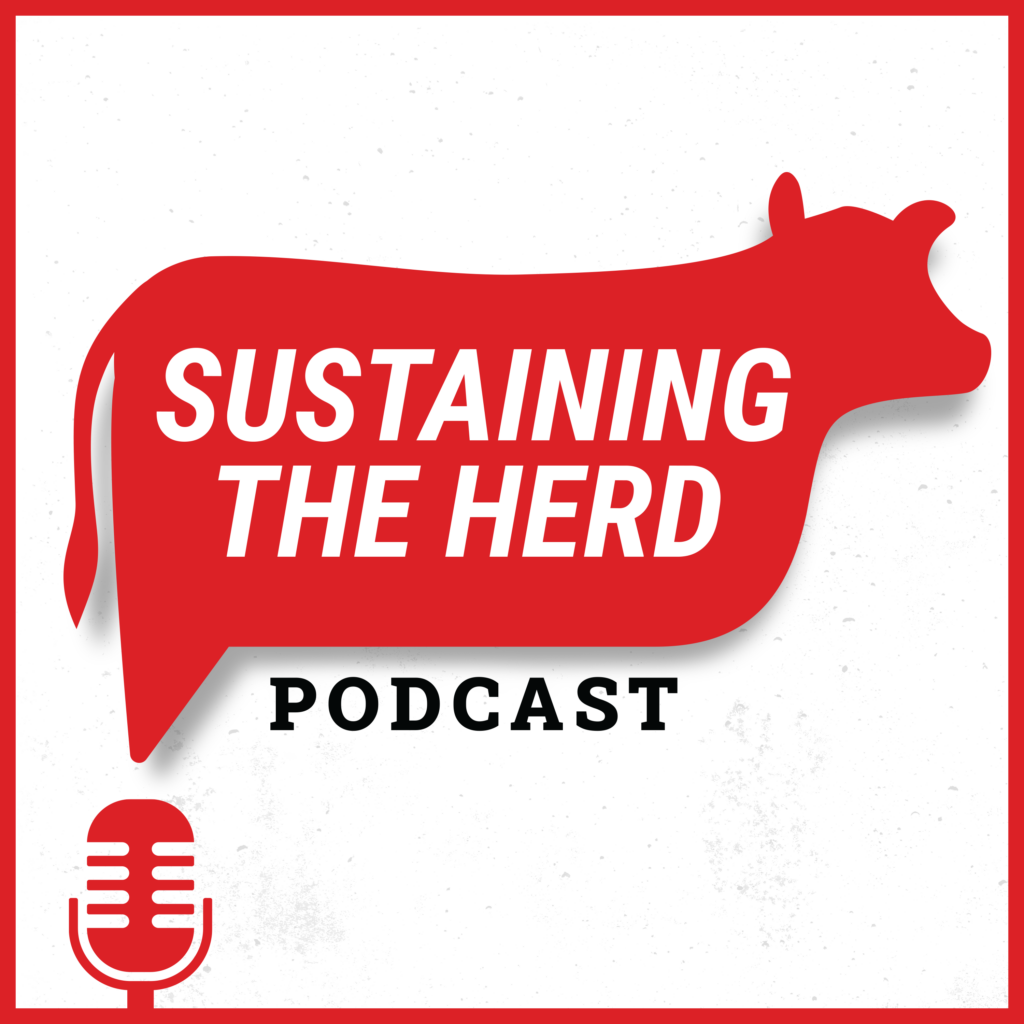Sustainability means protecting our natural resources and minimizing byproducts from agricultural enterprises. Explore manure management systems designed to meet the demands of society and turn a profit.
Let's TalkAgricultural professionals dedicated to successful project planning, design, and implementation for dairies, beef cattle feed yards, and project developers.
Our team of sustainability professionals assesses GHG emissions across all scopes of livestock operations, establishing an emissions baseline upon which future measurements can be compared and management decisions can be made. Our GHG assessment process is streamlined to produce actionable, relevant results for livestock producers and their supply chain partners. Primary data that we collect from producers is entered into our unique GHG calculation model, which has been custom-built to assess GHG emissions relevant to livestock operations.

There are three industry-standard scopes in which carbon emissions are assessed and measured. Direct emissions are all controlled sources, including fuel combustion from operation equipment. Indirect emissions are purchased energy, such as electricity, propane, or natural gas. Lastly, indirect emissions are sources that occur in a company’s value chain, such as input transportation.
Implementation of an anaerobic digestion (AD) system is a way to reduce an operation’s GHG footprint and produce a diversified revenue from the sale of renewable natural gas and carbon credits. The boundaries of an AD system extend well beyond the tanks, covered lagoons, and gas clean-up systems. Designing a suitable site and integrating the digester with the way a farm is managed are two of the keys to a successful project. Projects are sometimes more financially attractive when manure is consolidated from multiple operations and delivered to a common digester.
How do you know if an animal operation is a good candidate for AD? It goes well beyond the number of animal units on a site. AD performance is affected by many factors that ultimately result in the consistency or quality. For manure to be suitable for digestion, it needs to contain minimal settleable material and be of the appropriate solids content. On dairies, everything from bedding being used in stalls, cow cooling, manure removal methods, and milking procedures all can play a role in AD plant feasibility. On beef operations, feasibility means taking into consideration the effects of confinement or open lots.

On dairies, sand and solids separation systems are vitally important components of manure systems. They affect everything from cow health and comfort to digester performance. Sand separation systems are intended to separate bedding sand from manure and produce clean recycled bedding. Manure effluent should contain minimal sand bypass to reduce the possibility of ponds and digesters filling with sand. Solids separation systems also produce bedding and play a role in producing high quality process water used to convey manure. Both systems can dramatically affect the performance of an AD system because they affect the consistency of manure influent.

Sustaining the Herd is a resource for all things related to sustainability in animal agriculture. We hope to deliver value to listeners by interviewing industry leaders as well as producers involved in sustainability projects. Every two weeks, we’ll give a practical perspective on new technologies as well as new rules and regulations affecting the adoption of sustainability-related technologies such as anaerobic digestion and the production of renewable energy.
Listen
Whether you're planning an expansion or updating your existing facilities, Settje is here to serve producers like you. We'll take the time to discuss your goals and deliver the best solution that's right for your operation.
Reach out using the form below, or just give us a call at 402-783-2100.